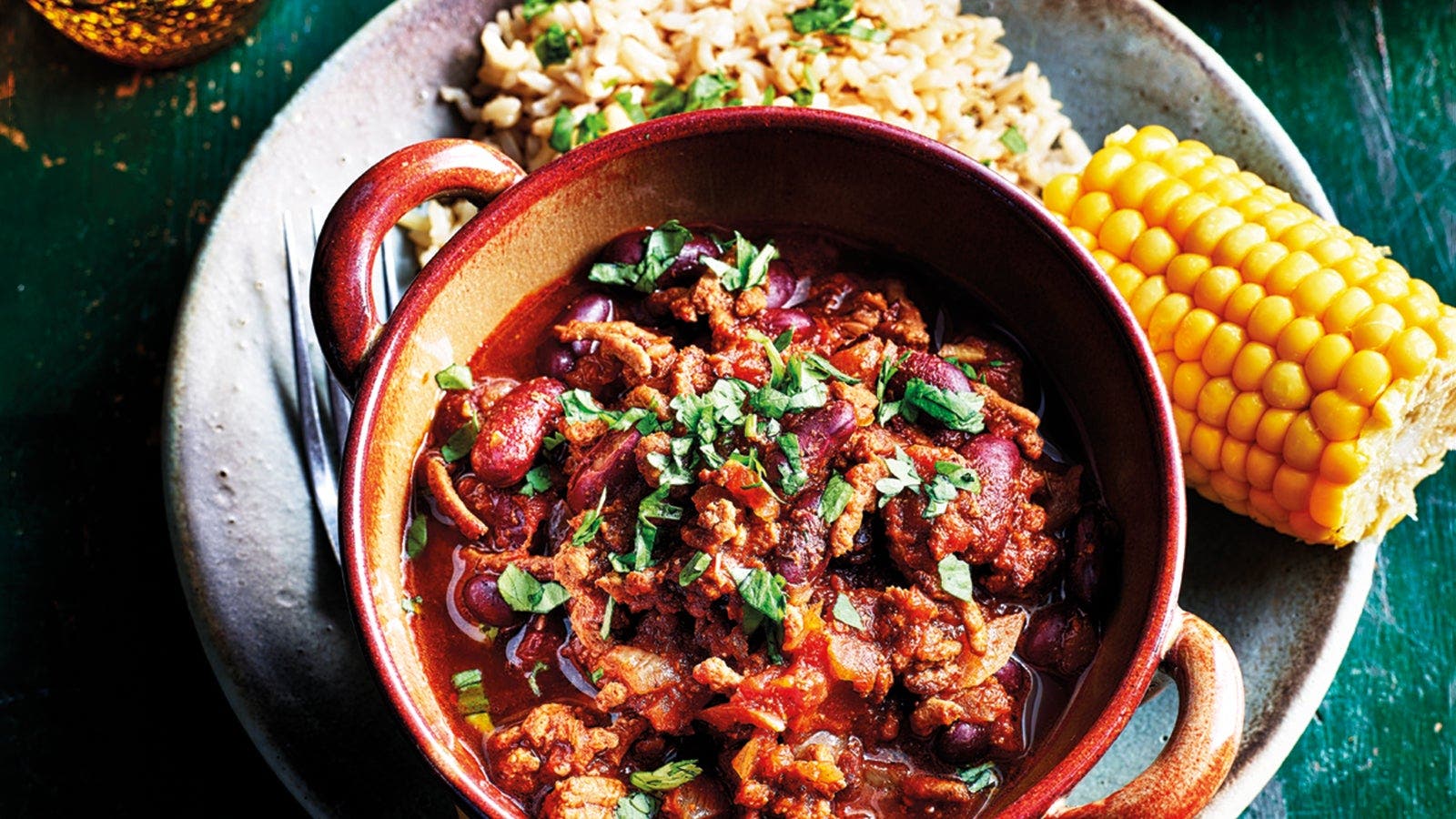Go-to guide for hearty, healthy comfort food recipes


Celebrate warming, delicious food in this collection of comforting recipes. Based on classic family favourites, these dishes will warm from the inside. Packed with traditional recipes, veggie meals, fakeaways and desserts, this recipes puts a healthier twist on your best-loved foods, so you can enjoy them and stay on track. So whether you’re looking for the perfect midweek meal, a dish for a Friday night in or a lazy weekend brunch, you’ll find all the inspiration you need below…
Healthy ingredient swaps for comfort cooking
1. Swap full-fat dairy for reduced-fat dairy. Try to use reduced-fat dairy products most of the time because these contain fewer kilojoules than the full-fat varieties.
2. Swap frying pans for non-stick pans. Use non-stick pans for cooking (a quick spritz of oil spray or 1–2 teaspoons liquid oil is usually enough to stop food from sticking). If cooking pieces of meat, such as steaks or cutlets, brush the meat with oil rather than the pan.
3. Swap sugar for alternate sweeteners. Try alternate natural sweeteners designed for baking (such as granulated stevia) instead of sugar in cakes, muffins, slices and biscuits.
4. Swap white bread, pasta and rice for wholegrain varieties. Wholegrain bread, pasta and rice contains every part of the grain so, when you eat it, you get more of the fibre, vitamins, minerals and antioxidants that the grain contains. They can also help you feel fuller for longer.
5. Swap ice cream for yoghurt. Gram for gram, yoghurt tends to contain more calcium and protein and less saturated fat and sugar than ice cream. Plus, unlike ice cream, many yoghurts also contain probiotics, those friendly, good-for-your-gut-health bacteria. Choose a low-fat variety rather than a full-fat one and check how much sugar the yoghurt contains too.
6. Swap boiling veggies for steaming/microwaving. Use a steamer or microwave to cook vegetables. Veggies that are lightly steamed will retain significantly more of their nutrients than vegetables that are boiled in large amounts of water for a long time.
7. Swap butter for vegetable oils. Use olive, canola or sunflower oil for most cooking needs as they contain healthy mono and polyunsaturated fats.
8. Swap processed meats for fresh meat. Fresh is best. Limit your intake of processed meats – like ham, bacon and salami. When it comes to fresh meat, choose lean cuts to lower your saturated fat intake and keep your overall red-meat intake to the equivalent of one serve (100g raw, or 65g cooked) per day.
